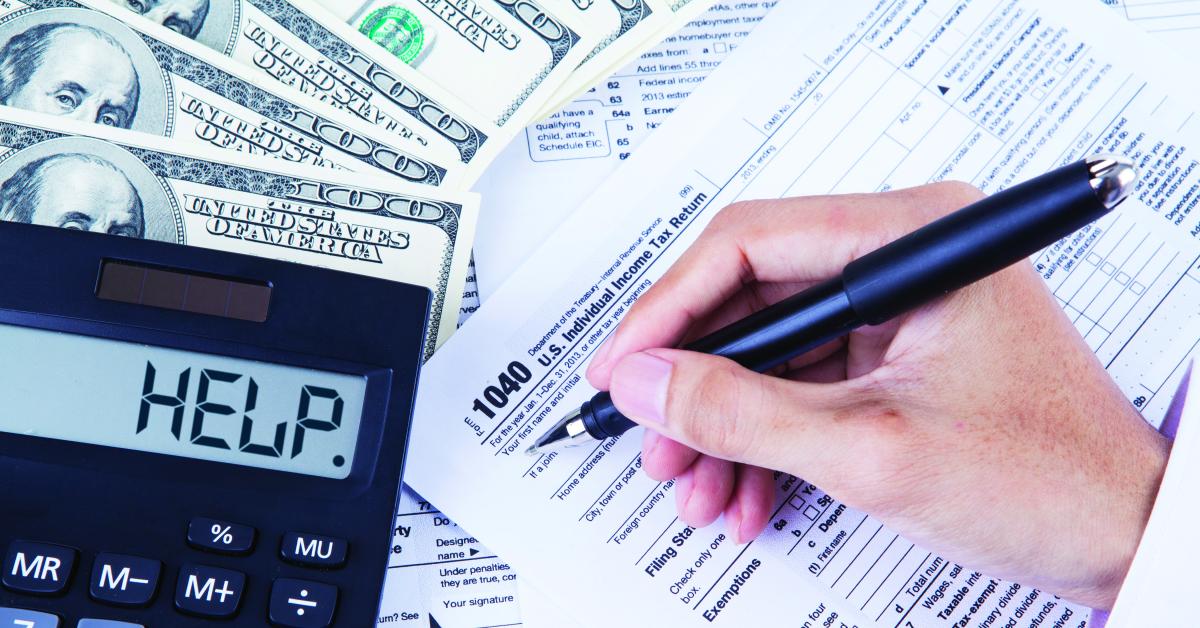CHICAGO — There can be a vast distance separating the skillsets of a successful dry cleaner and being knowledgeable in accounting. However, when it’s time to file the taxes for your business, this gulf needs to be bridged.
While this can be a challenge in the simplest of times, given the government programs set up in the last couple of years to help small and mid-sized businesses through the pandemic, navigating the divide has become even more daunting. Still, by paying attention, and seeking the help of professionals when necessary, cleaners can take care of their taxes — and might even find some pleasant surprises.
Letters of the (Tax) Law
Dry cleaners have had to learn an alphabet soup of government acronyms in the past few months. Among them are the Paycheck Protection Program (PPP), Work Opportunity Tax Credits (WOTC) and Employee Retention Tax Credits (ERTC). Understanding what each of these programs was designed to do and how they work together is crucial to successfully dealing with your tax liability.
“There are two levels of the PPP loans that business owners need to be aware of,” says CPA Sean Manning. Manning is the CEO of Payroll Vault, a payroll and workforce management company headquartered in Littleton, Colorado. “The good news with PPP is that any qualified expenses are deductible. And the other really good news is that the receipt of those funds, if used for qualified expenses, is nontaxable. That information took a while to filter through. It’s important that dry cleaners discuss this with their tax preparer to make sure it’s all managed properly.”
Qualified expenses, Manning explains, include items such as payroll — as the name of the program implies — as well as rent, utilities, and day-to-day expenses that allow a business to function. The PPP loans ended in May 2021, and many recipients were eligible for full loan forgiveness.
“There’s a timing component to all of this,” he says. “It’s important to follow the timing of expenses, the timing of when the funds are received in use, and then the timing of when the loan is forgiven to make all those pieces come together so they don’t pay income tax and they get the deductions of the expenses.”
The Employee Retention Tax Credits, or ERTC, is another program that helped many cleaners survive the darkest days of the pandemic and keep their core staff together.
First offered in 2020, the ERTC is a checklist formula that allows business owners to get a tax credit on a portion of what they paid their employees on their payroll tax reports. The program came to an end as part of the recent infrastructure bill, says Jonathan Boehmer, vice president of client success at PuzzleHR, a human resources firm headquartered in Tampa, Florida. In fact, it was eliminated for the last three months of 2021.
“Many cleaners out there may not be aware that the legislation President Biden signed killed the ERTC for Q4 2021,” he says. “They’re not going to be able to claim it.”
While the ERTC has ended, business owners can still look to the past to maximize their benefits if they didn’t take full advantage of them at the time, Boehmer says.
“One thing I want the cleaners to know is that the statute of limitations for claiming the ERTC for 2020 and the first three quarters of 2021 is five years,” he says. “I don’t recommend they wait, but if they haven’t claimed their 2020 ERTC as of yet, it’s not widely known that the actual statute of limitations on that is five years to go back and collect it. While they’ve sunset the ERTC program, making Q4 ineligible, that didn’t have anything to do with the five-year statute of limitations to go back and correct the tax forms. I think that’s important information to cleaning communities to know.”
Boehmer cautions cleaners not to double-dip when it comes to these programs.
“The worst common mistake you can make is to commingle wages that are PPP with ERTC,” he says. “For the dollar that you paid your employee with PPP, you cannot also claim that dollar for that pay period for employee retention credits.”
Come back Tuesday, when we’ll look at some ways cleaners can receive tax credits by looking at the team members they might already have at work in their plant.
(Information in this article is provided for educational and reference purposes only. It is not intended to provide specific advice or individual recommendations. Consult an attorney or tax adviser for advice regarding your particular situation.)
Have a question or comment? E-mail our editor Dave Davis at [email protected].

